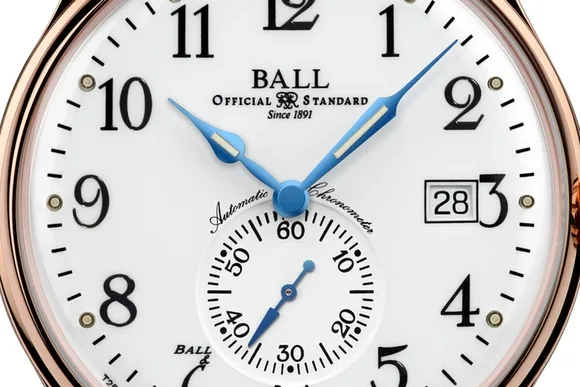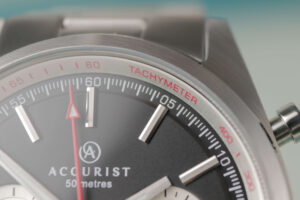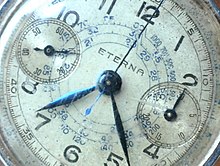







Webb C. Ball was born in Fredericktown, Ohio on October 6, 1847, later on start as jewelry retailer and became a jeweler & watchmaker. When Standard Time was first adopted in 1883, he was the first jeweler to use time signals, bringing accurate time to Cleveland, Ohio.
In 1891, After the infamous the mail train collision between Lake Shore and Michigan Southern Railways at Kipton, Ohio, which occurred because an engineer’s watch had stopped unnoticed for about 5 minutes,, the commissioner of railroads appointed Webb C. Ball to develop and set strict accuracy standards for railroad watches and clocks. The Ball Watch Company of Cleveland Ohio was formed. Interestingly it never manufactured watches or clocks. Webb C. Ball strongly enforced the strict standards and allowed those watches and clocks that met or exceeded the strict standard to be signed with his name. By the early 1900’s Webb C Ball of Cleveland Ohio, was the general time keeper for over 125,000 miles of track in the U.S., Mexico and Canada
In 1893, seizing the opportunity, Ball contracted with watch companies such as E. Howard, Waltham, Elgin, Hamilton, Hampden and others, to provide him with watch movements that met his strict standards. He then inserted these movements into high quality cases that bore the name of the Ball Watch Company on the outside. By 1908, the Ball Watch company was furnishing high grade pocket watches to over 100 different railroad systems.
In 1900, Webb Ball established railroad watch standards and conducted time inspections for over 54 railroad companies. He approved 37 different watches for railroad use.
In 1902, The Vanderbilt railroad system that developed and operated the fastest long-distance train service in the world kept its trains running “on the Ball.”
In 1913, Ball introduced the twentieth century model case with his patented “safety bow,” a feature that would last for over 40 years and made Ball’s watches some of the most recognizable in the railroad watch industry.
In1921, His efforts were honored by the Horological Institute of America in Washington.
1922: Webb C. Ball died at the age of 75.
By 1990s, Ball Watch changed owners, but remained loyal to its philosophy. Determination and the love of a challenge, precision, strength, performance and humility are all human traits that defined the early pioneers of rail transport and which today still reflect the values of Ball Watch.
Watches and clocks were signed “Webb C. Ball Company”, “Ball Watch Co., Cleveland” sometimes with “Official Railroad Standard” or “Ball Standard Dial, Pat. Applied. For”. Ball watches and clocks were considered the finest watches by rail men at the beginning of and well into this century. They are becoming increasing difficult to find, particularly clocks with this signature.
Today, Ball Watch has maintained a significant presence in the watch landscape, through superbly designed mechanical watches, with unique styling to match their historical roots.
https://www.ballwatch.com/global/1/collections/series/official-railroad-watch—31.html
Please remember that this is an unofficial account of the history of this company, Should you happen to find any mistakes with our information then please let us know at



